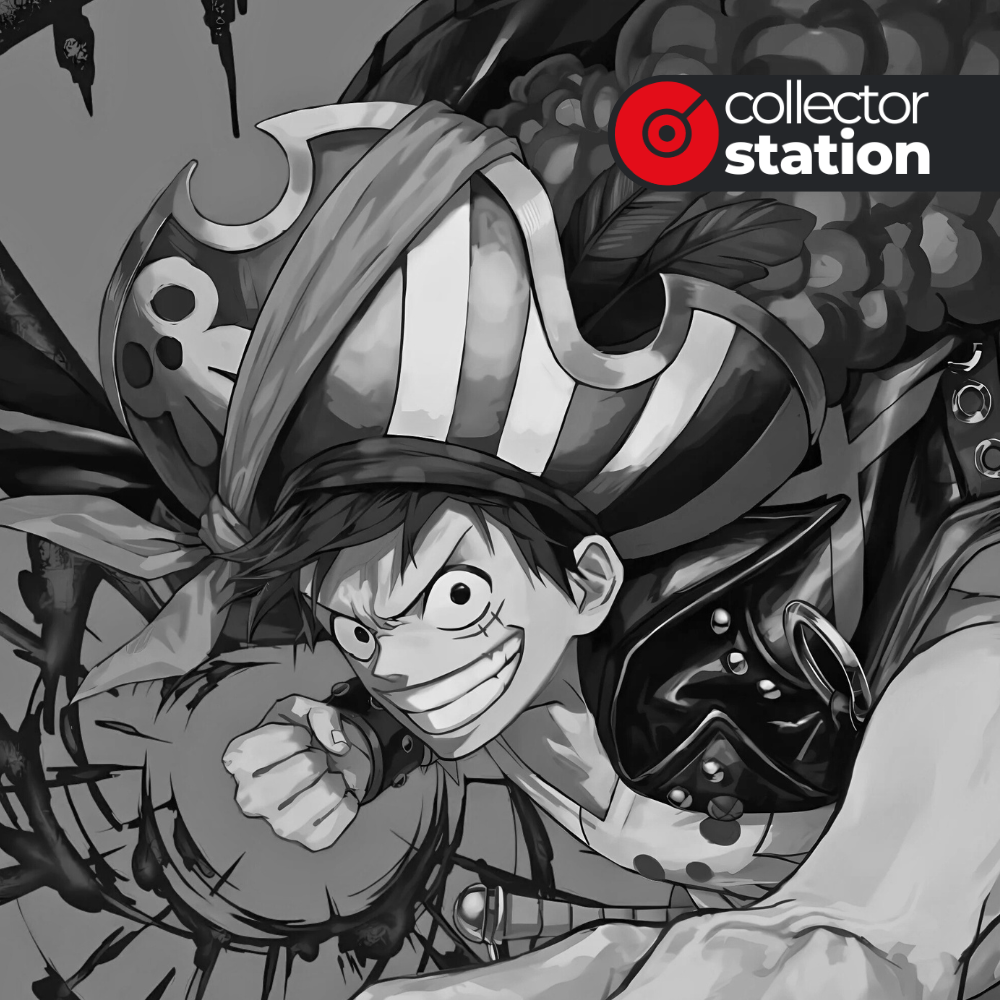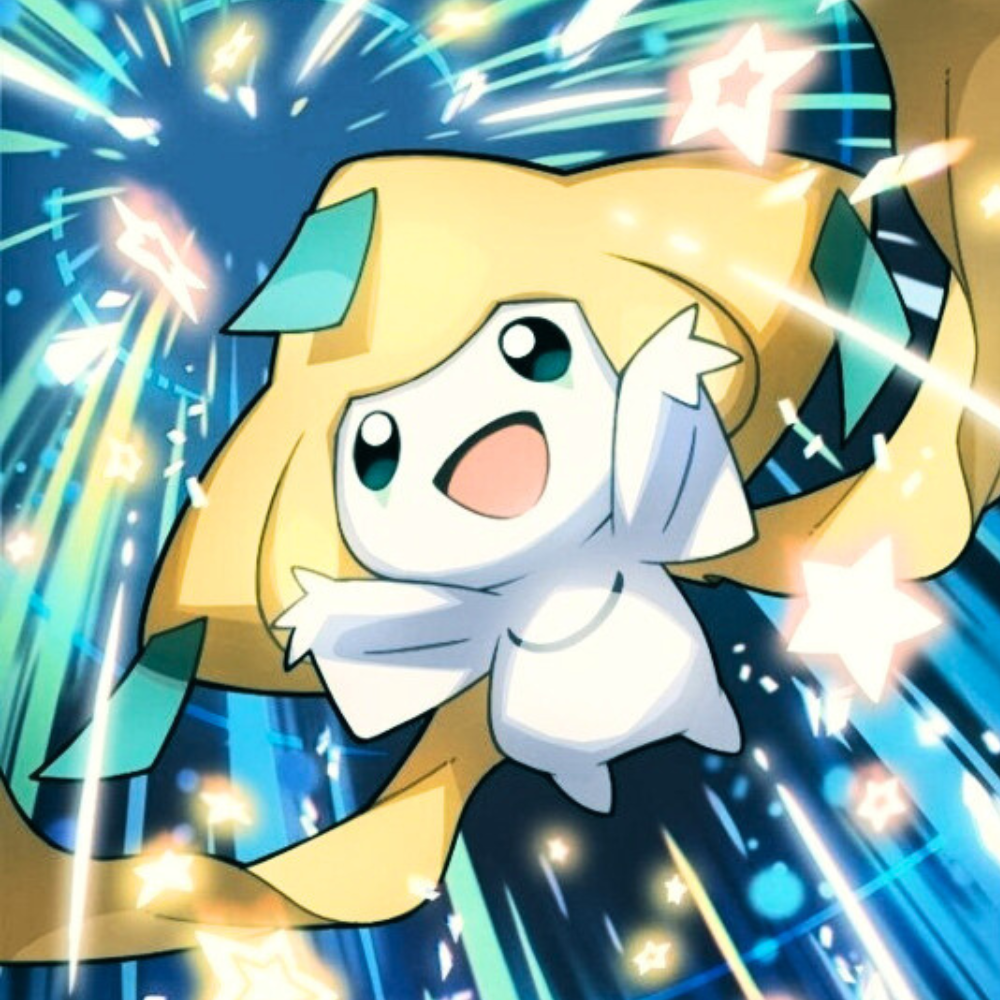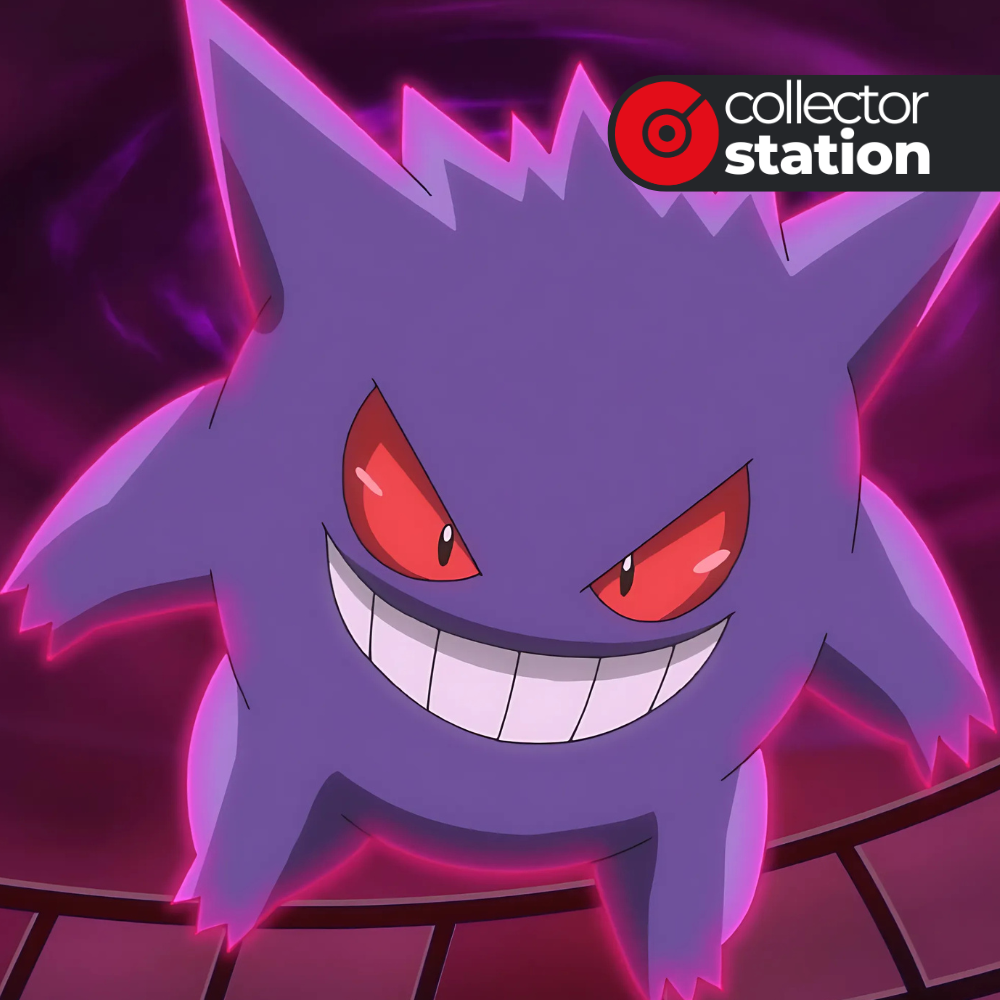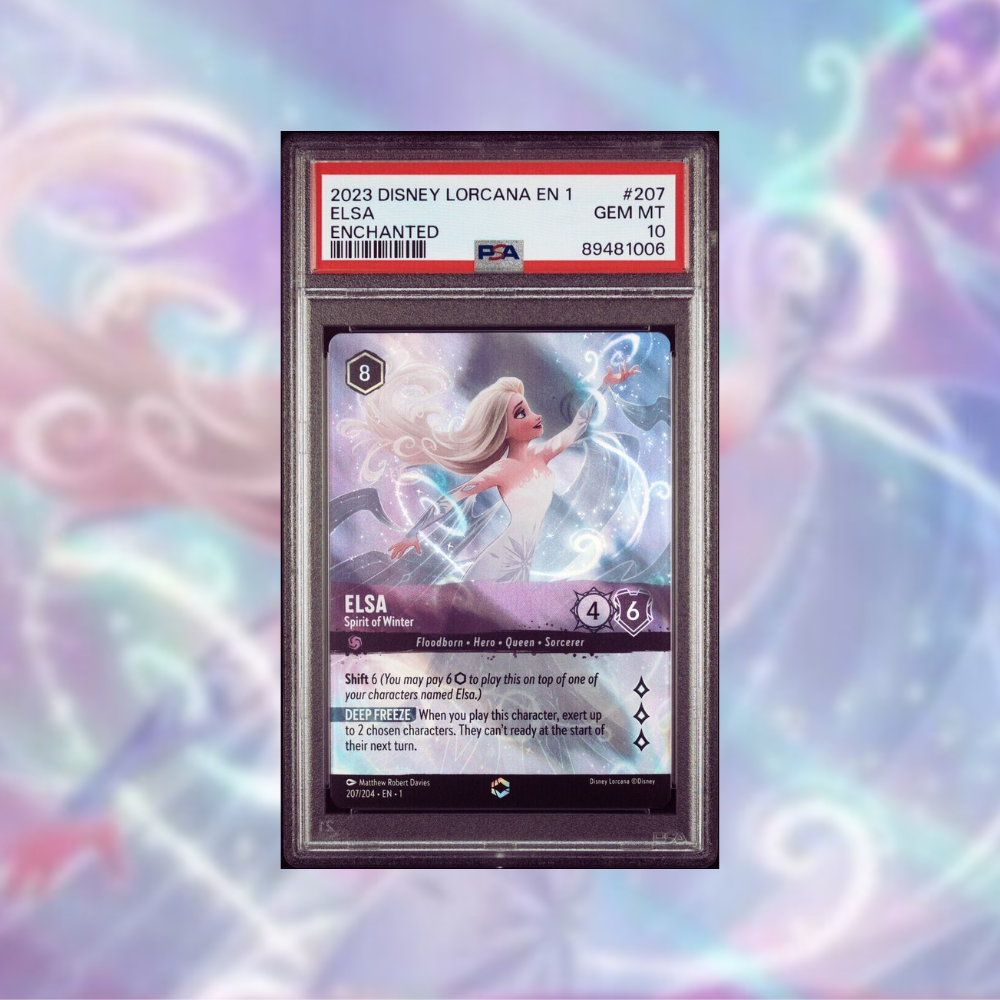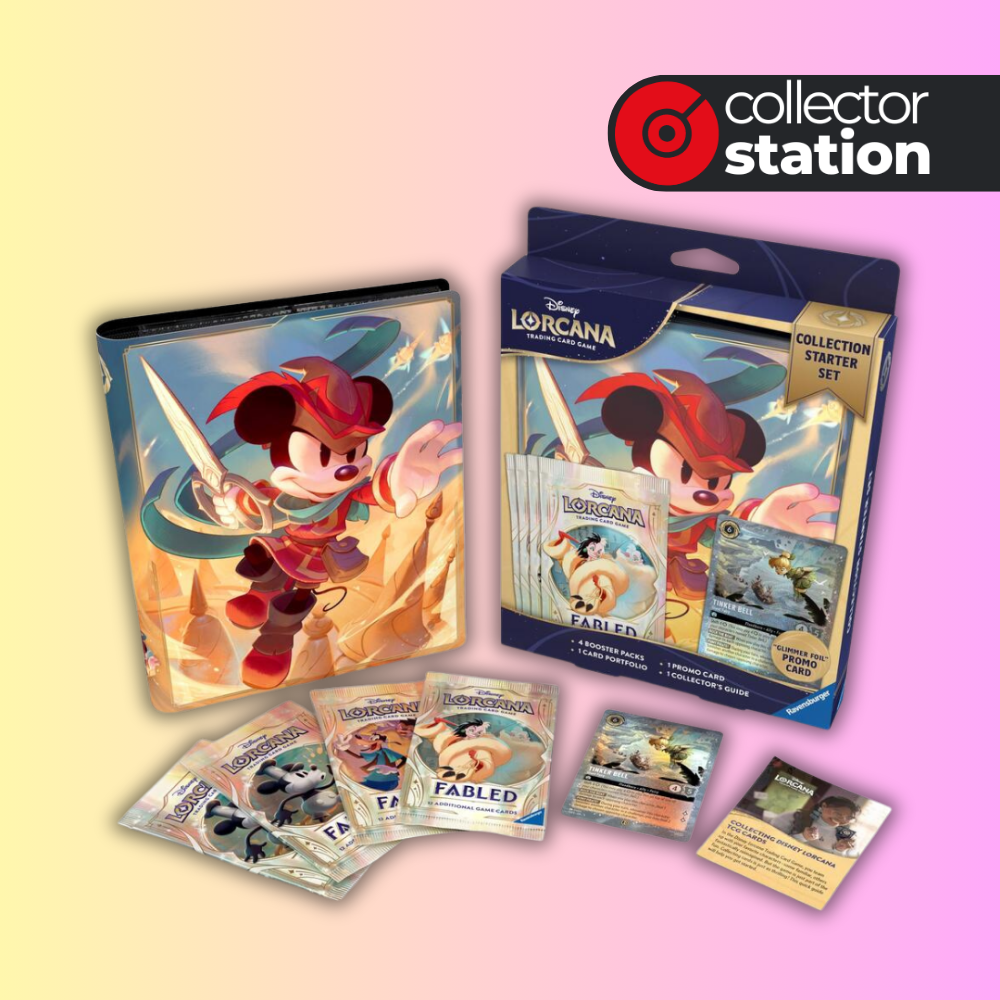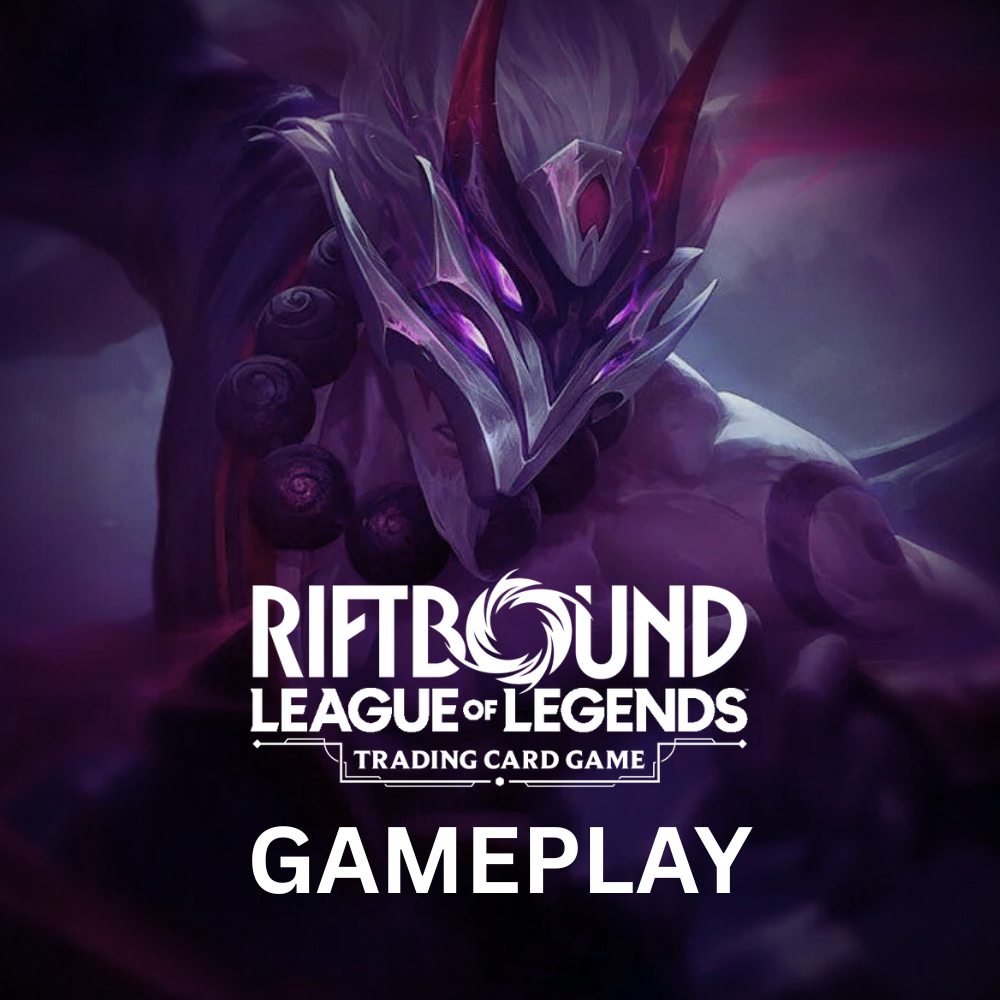One Piece TCG features six deck colors: Red, Blue, Green, Purple, Black, and Yellow. Each color represents unique strategies tied to the personalities and fighting styles of the One Piece universe. Choosing a color determines your tempo, resource flow, and overall approach to matches.
Some colors thrive on early aggression, others on tempo control or late-game resilience. Knowing what each one offers helps you find a deck that matches both your pace and strategic mindset.
Red – Aggressive, Fast-Paced Offense

Red decks deliver nonstop pressure, often granting characters the ability to attack the turn they enter play through the “Rush” mechanic. Power manipulation is central, letting you boost allies or reduce enemy strength.
Notable Leaders:
- Zoro: Buffs swarms of low-cost characters for rapid damage.
- Sanji: Grants Rush to characters that normally lack it.
- Shanks: Adds durability while still keeping Red’s fast offense.
Playstyle Insight: Red thrives on tempo. Push for lethal when the path is open, but maintain board presence to avoid overextending.
Blue – Strategic Deck Control and Swarming

Blue emphasizes precision. By rearranging the top of your deck, you set up efficient combos and chain characters into play. Blue also disrupts opponents by returning cards to hand or deck, creating strong tempo swings.
Notable Leaders:
- Doflamingo: Plays specific low-cost characters directly from the top of the deck.
- Sanji (9-cost): Enables explosive multi-character turns.
- Jinbe: Extends plays through on-play synergies.
Playstyle Insight: Success with Blue comes from sequencing. Reading the top deck carefully maximizes value and secures long-term board advantage.
Green – Balanced with Control Elements

Green balances offense and control with status manipulation. It rests (stuns) opponent characters or reactivates your own, setting up efficient trades and long-term lockdown.
Notable Leaders:
- Bonney: Rests an opponent’s leader or character each turn.
- Captain Kid: Redirects attacks to chosen targets, forcing difficult decisions.
- Doflamingo (10-cost): Keeps opponent characters rested for sustained control.
Playstyle Insight: Green rewards steady pacing and mastery of reactivation timing. Long-term board management is the key to victory.
Purple – Dawn Acceleration and Early Endgame

Purple focuses on resource acceleration, gaining extra Dawn to deploy powerful characters ahead of schedule. It trades life or returns Dawn to the deck in exchange for explosive momentum.
Notable Leaders:
- Luffy: Converts life into active Dawn for immediate ramp.
- Foxy: Prevents enemy reactivation while recovering Dawn with synergies.
Playstyle Insight: Purple shines when it builds a Dawn lead. Use that advantage early before control colors stabilize.
Black – Cost Reduction and Board Removal

Black specializes in cost reduction, lowering enemy characters to make them easier to remove. This unlocks destructive effects and recycling options that few colors can match.
Notable Leaders:
- Smoker: Combines cost reduction with removal pressure.
- Rob Lucci: Rewards aggressive removal with efficient synergies.
Playstyle Insight: Timing is everything. Black punishes overcommitment and rewards patient removal play.
Yellow – Life Manipulation and Triggers
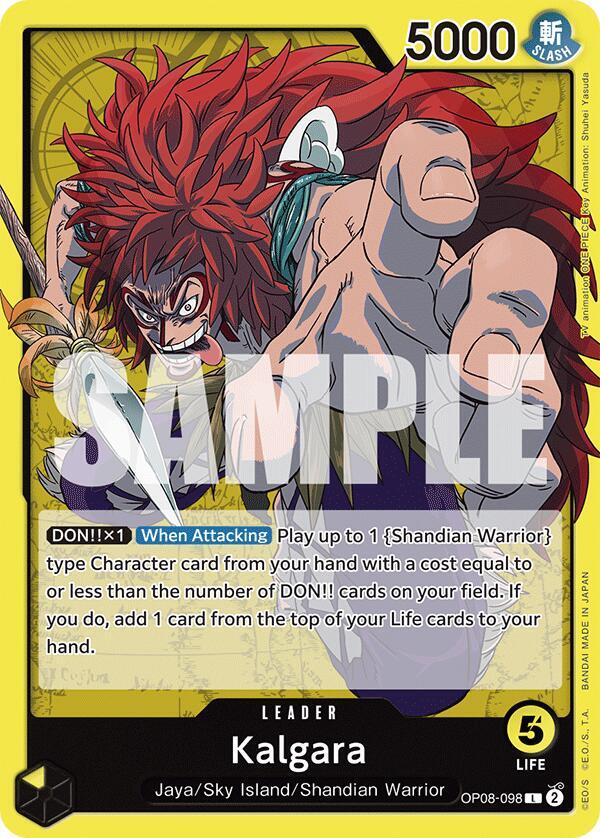
Yellow manipulates life totals more than any other color. It heals damage, sacrifices life for powerful effects, and leverages trigger abilities that activate when life is lost.
Notable Leaders:
- Kalgara: Applies constant pressure while enabling low-life synergies.
- Enel: Resurrects from life, creating extreme resilience.
- Charlotte Linlin: Balances healing and damage with high-impact triggers.
Playstyle Insight: Yellow rewards anticipation. Balance risk, healing, and trigger effects to turn defense into sudden offense.
Each deck color in the One Piece TCG carries its own rhythm. Red favors early pressure, Blue rewards precision, Green controls the pace, Purple accelerates into threats, Black dismantles boards, and Yellow bends life itself. Explore them all to discover not only a winning strategy but also the playstyle that feels natural to you.
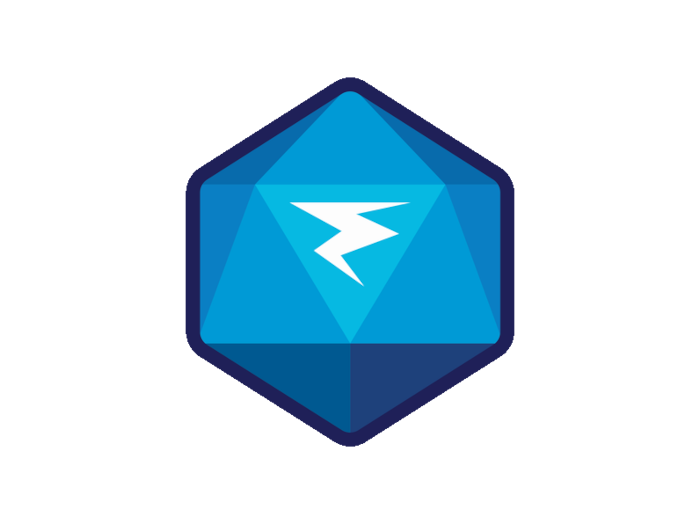
Disclaimer: TCGplayer links on this page use a referral system that helps support the content—at no extra cost to you.

